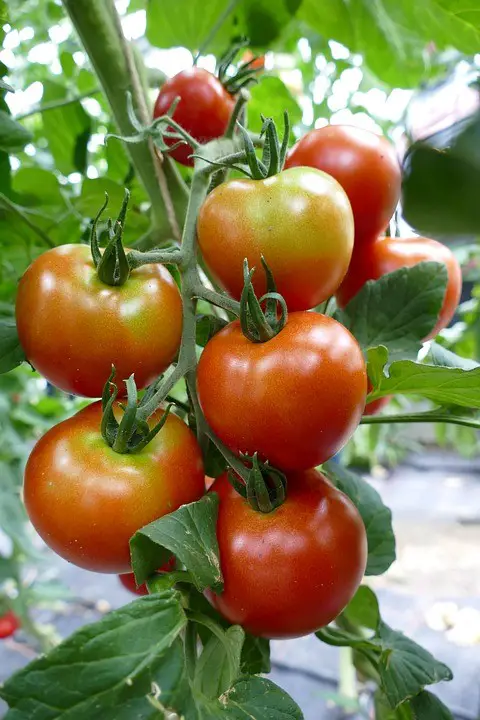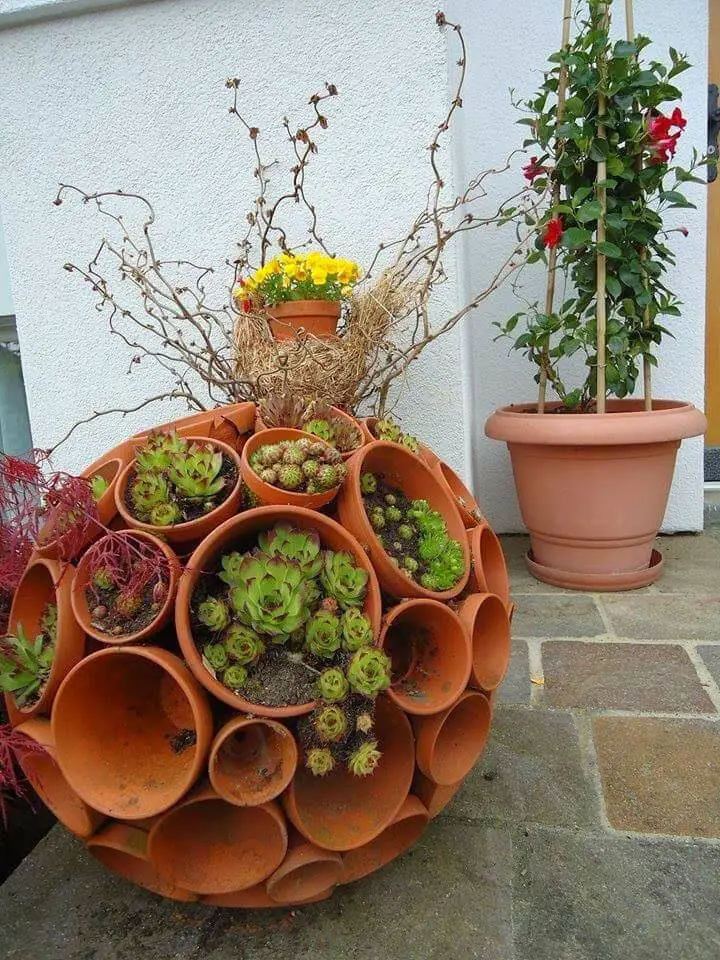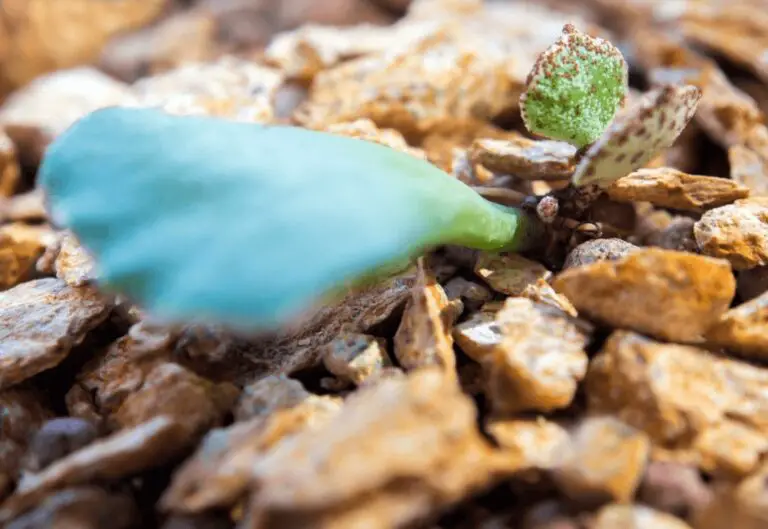107+ Flowers That Start With M
While magnolias and marigolds are certainly iconic, there’s a whole world of M flowers waiting to be discovered. As the planting season shows no signs of slowing down, let’s take a closer look at some of these lesser-known yet equally fascinating blooms.
For inspiration, you can also explore our articles on 151+ Flowers that start with C and 73+ flowers that start with ‘P’. In this article, we’ll delve into the wonderful world of M flowers.
From the majestic magnolias to the charming maiden pinks, there’s something for every garden and gardener.
Here are just a few of the many M flowers you can grow:
1. Magnolia – the classic
2. Magnolia Stellata – a stargazer favorite
3. Magnolia-Grandiflora (Southern magnolia) – a Southern belle
4. Mahonia Aquifolium – for its unique foliage
5. Mahonia Japonica – a Japanese gem
6. Mahonia Nervosa – with its delicate nerve-like stems
7.
Mahonia Repens (creeping mahonia, creeping Oregon grape) – perfect for groundcover
8. Maiden Pink (Dianthus Deltoides) – a charming addition to any garden
9. Mallow (Lavatera) – a sweet and fragrant flower
10. Maltese Cross (Lychnis chalcedonica) – with its striking cross-like pattern
11. Malva – the humble hollyhock
12. Malva Australiana flower (Australian Hollyhock, Malva preissiana) – a rare and exotic find
13. Malva Mallow – for its delicate petals
14.
Malva Sylvestris – with its sweet fragrance
15. Malva Trimestris – a three-parted beauty
16. Mammillaria Dixanthocentron – a fascinating cactus
17. Mammillaria Formosa – with its striking form
18. Mammillaria Haageana – a rare and unique find
19. Mammillaria Perezdelarosae – named after a renowned botanist
20. Mandevilla Cream (Rocktrumpet) – for its showy blooms
21. Mandevilla Sanderi – with its delicate trumpet-shaped flowers
22.
Mandevilla (Chilean Jasmine) – a fragrant and climbing beauty
23. Magnolia Holland – a stately addition to any garden
24. Manzanita (Arctostaphylos) – a desert gem
25. Marguerite Daisy (Argyranthemum) – with its delicate petals
26. Marigold (Tagetes) – the classic, bright and cheerful bloom
27. Mirabilis Albida (Hairy Four O’clock) – for its unique hairy texture
28. Mirabilis Decipiens (Broadleaf Four O’clock) – with its broad leaves
29.
Meconopsis Quintuplinervia – a rare and exotic find
30. Mirabilis Longiflora (Sweet four-o’clock) – for its sweet fragrance
31. Moss Phlox (Phlox Subulata) – a delicate, moss-like groundcover
32. Mazus Pumilus Flower – with its tiny, delicate blooms
33. Muscari Comosum Plumosum – a rare and unique find
34. Matthiola Sinuata – with its sinuous, wavy petals
35. Monarda – for its showy, trumpet-shaped flowers
36.
Common Morning Glory (Ipomea purpurea) – for its delicate, morning-blooming beauty
107+ Flowers that start with ‘M’
Magnolia
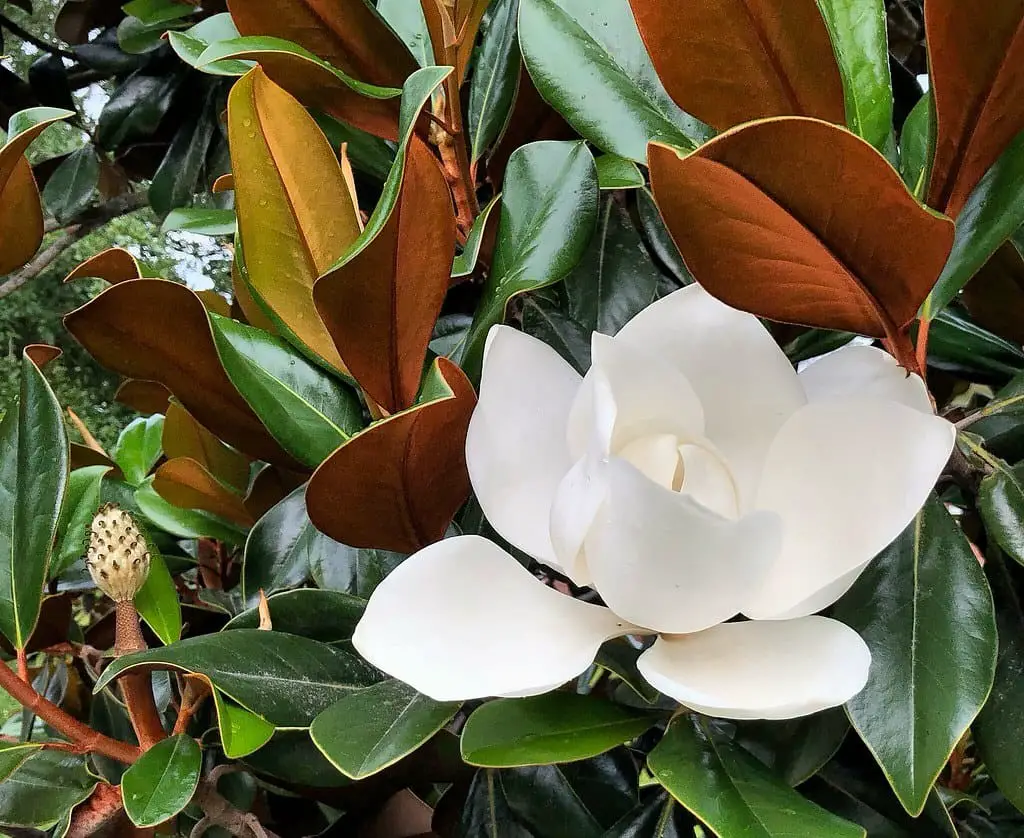
With over 250 cultivated species globally, this beloved flower is cherished for its soft, velvety blooms in shades of white, pink, and yellow, featuring striking colored centers. Its remarkable history spans an impressive 130 million years, with the Magnoliaceae family serving as a testament to its enduring presence. Symbolizing longevity and perseverance, this majestic bloom has earned a special place in the hearts of many.
Magnolia Stellata

In Japanese landscapes, a treasured gem takes center stage, earning the nickname ‘Royal Star’ due to its exquisite, star-formed blooms of pure white. These diminutive yet delicate flowers unfurl from late winter’s chill to spring’s gentle warmth, making it the hardiest magnolia species to thrive in a range of climates.
Magnolia-Grandiflora (Southern magnolia)

The southern magnolia, often referred to as Magnolia grandiflora, boasts a reputation for being the most fragrantly scented of all magnolia species. A distinguishing characteristic of this tree is its dark green, leathery leaves that provide a unique visual appeal. Moreover, it is renowned for its stunning display of large white flowers that bloom from spring to summer, filling the air with their sweet aroma.
Magnolia (Magnoliaceae)
Mahonia Aquifolium

The Holly-leaved Barberry boasts an impressive display of natural beauty, featuring broad, deep green leaves with distinctive spines along their edges. As autumn arrives, these leaves transform into a rich maroon hue. In the spring, the plant produces bell-shaped, bright yellow flowers that add to its allure. Following this floral display, small dark blue fruits emerge, providing a delightful conclusion to the growing season.
Mahonia Japonica

Native to Japan, the Oregon-grape holly is a resilient plant that thrives in conditions with limited water availability. Its small, bright yellow blooms appear frequently throughout the summer months, and it has adapted to withstand early winter frosts, making it an ideal choice for gardeners seeking low-maintenance options.
Mahonia Nervosa

The Nervosa, also known as Low Oregon-grape or Cascade Barberry, is distinguished from the Japonica by its shorter stature and smaller leaves. While it may not be as tall, this shrub still showcases vibrant yellow flowers and dark blue fruits, characteristic features shared with its Japonica counterpart.
Mahonia Repens (creeping mahonia, creeping Oregon grape)

Native to North America, Mahonia repens, also referred to as Creeping Mahonia, is a broadleaf evergreen that excels as a low-growing groundcover. Its unique characteristics include oval-shaped, spiny leaves that provide year-round texture and interest. Additionally, it produces attractive features such as dark blue fruits and bright yellow flowers, making it an excellent choice for landscaping.
Maiden

The Patrinia gibbosa, also known as the perennial accent flower, produces an abundance of tiny, delicate blooms in shades of yellow and white throughout the entire summer season. Characterized by its diminutive yet vibrant flowers, this botanical beauty is a true standout in any garden setting.
Maiden Pink (Dianthus Deltoides)
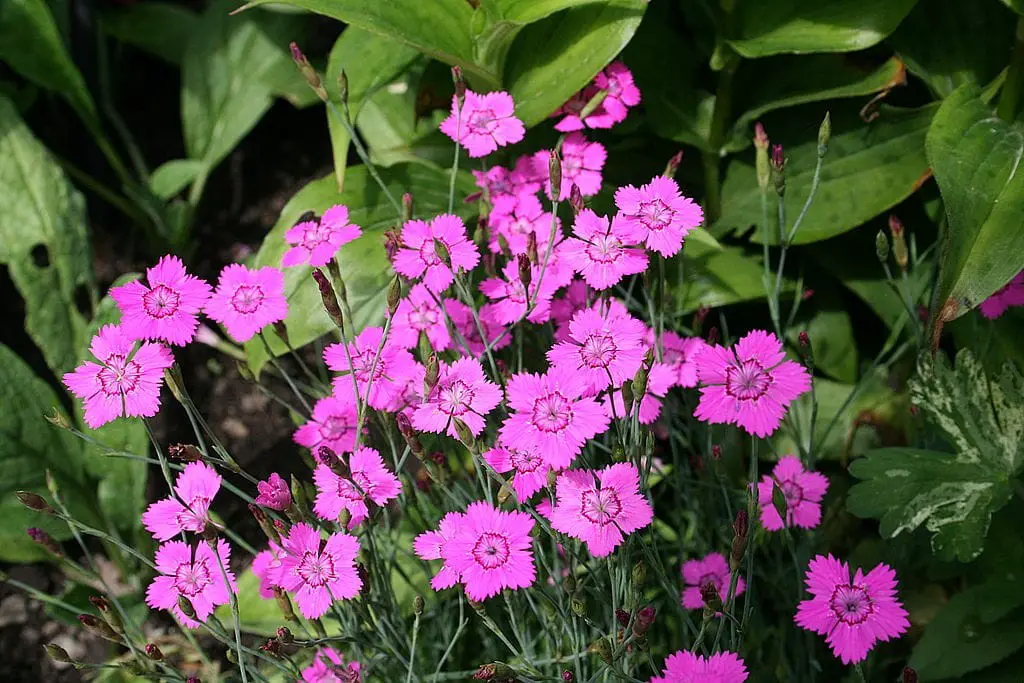
A popular choice for garden coverage, this evergreen shrub produces an abundance of foliage and vibrant blooms in shades of yellow, pink, and white throughout the late spring and summer months.
Mallow (Lavatera)

While Lavatera can be grown as either a mallow tree (Lavatera maritima) or shrub (Lavatera trimestris), its striking features make it a standout addition to any garden. Its delicate, pale lavender blooms are characterized by deep purple veins and edges, creating a unique visual appeal. Not only does Lavatera add a pop of color to rocky gardens as an accent flower, but it also serves as a natural pest control plant, making it a valuable asset in any horticultural endeavor.
Maltese Cross (Lychnis chalcedonica)

A popular choice for sunny garden borders, this versatile plant boasts a striking appearance. Its deep green, upright foliage provides a sturdy base for the vibrant display of small, densely packed red petals that cluster at the top. Not only does it thrive in warm weather, but its blooming cycle allows it to produce flowers consistently throughout the year, making it an attractive addition to any garden.
Malva
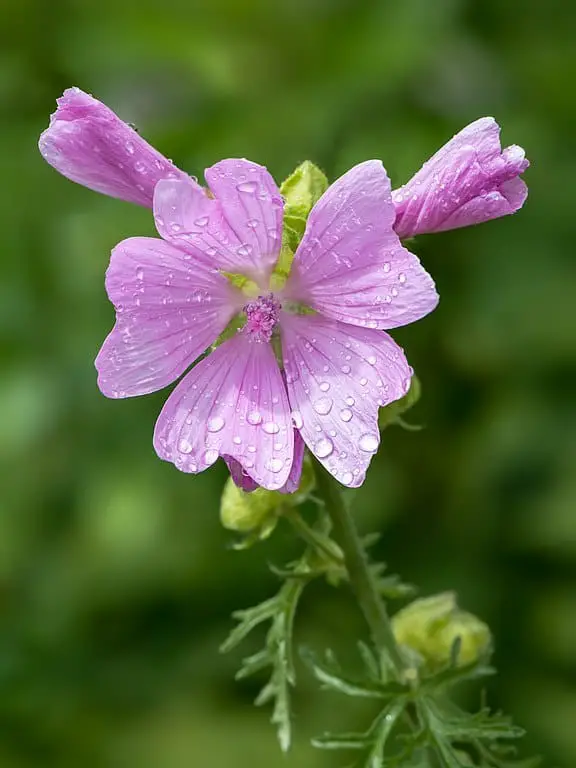
This versatile perennial boasts a compact growth habit, making it an ideal choice for garden borders. Its showy flowers feature five petals arranged in a delicate cup shape, and are available in a range of hues including soft lavender, pure white, and deep pink. The petals themselves are adorned with striking purple or baby pink veins, adding an extra layer of visual interest to the blooms.
Malva Australiana flower (Australian Hollyhock, Malva preissiana)

The Australian Hollyhock, a perennial shrub, boasts an array of distinctive features that set it apart from other plants. Its deep green, hairy leaves are lobed, giving them a unique texture and appearance. Furthermore, the plant produces five-petaled lavender flowers with a striking yellow center, further adding to its visual appeal.
Malva Mallow

This particular type of plant is often found growing in close proximity to cotton, hibiscus, and okra. Its unique appearance has also earned it the nickname ‘cheese plant’ due to its characteristic cheese-like wedges. As a bonus, this herb produces small white flowers during the spring season and is known for its potential health benefits, particularly in alleviating digestive issues.
Malva Sylvestris

This flowering shrub is instantly recognizable due to its striking, vibrant purple blooms featuring five-petaled flowers adorned with deep purple stripes on each petal. Its unique appearance is a characteristic that has made it a beloved staple in Irish and British landscapes.
Malva Trimestris

Native to the Mediterranean region, the tree mallow boasts a unique characteristic as an annual shrub, bearing tiny, shallow-dish shaped flowers that transition from white to pink hues. These delicate blooms emerge and flourish throughout the warm seasons of summer and early autumn.
Mammillaria Dixanthocentron

Although it may not produce flowers, the cactus remains an intriguing aspect of desert landscaping. Its sturdy, cylindrical shape is accompanied by two prominent, bright yellow central spines, which are complemented by a cluster of shorter, darker spines at its base. These distinctive features make it a notable addition to arid environments.
Mammillaria Formosa

The majestic Owl Eyes and Royal Cross is a type of cactus native to the low-lying regions of Mexico. Its unique features include six central spines that shed off annually, leaving only two by the end of fall. Moreover, this resilient plant produces stunning white blooms adorned with yellow veins, which can endure through the harsh winter months. With its striking appearance and adaptability, it’s no wonder why cactus enthusiasts are drawn to this remarkable species.
Mammillaria Haageana

This rare Mexican native thrives in sun-drenched, open spaces characterized by lush grass. One of its most striking features is its mature-stage ‘heads’ – clusters of stems that resemble a single entity. Additionally, its spines are uniquely covered with fine, white hairs, providing an added layer of defense against predators. When in bloom, the cactus produces tiny, delicate pink flowers that cluster around the crown-like formation at the top, further adding to its distinctive appearance.
Mammillaria Perezdelarosae

The critically endangered cactus, characterized by its unique growth habit in volcanic regions, stands out for its minuscule size and striking appearance. Its slender, cream-white stems are distinguished by a series of straight, hooked central spines that give it an unmistakable silhouette.
Mandevilla Cream (Rocktrumpet)

The Rocktrumpet, also known as the climbing perennial, offers versatility in its cultivation methods. It can be successfully used as a ground cover or incorporated into a border plant design. One of its most striking features is the tropical flair it brings to the garden through its unique flower colors. The blooms feature deep-hued yellow and white petals with red centers, as well as pink and red hues with yellow centers, creating a visually appealing display.
Mandevilla Sanderi

The versatile climbing plant, with its ability to thrive as both a vine and a compact shrub, boasts a striking appearance characterized by its sturdy stems bearing clusters of showy blooms. In the spring, vibrant white and pink petals unfurl, creating a visually stunning display that can be enjoyed throughout the season.
Mandevilla (Chilean Jasmine)

This lovely climbing plant boasts semi-evergreen foliage and produces an abundance of creamy white flowers with wide lobes. These funnel-shaped blooms appear sporadically throughout the summer months, followed by the formation of bean-like fruit that adds a touch of whimsy to the overall appearance.
Magnolia Holland

The Holland Rose, a stunning accent flower, boasts a unique appearance reminiscent of an open tulip. Its delicate petals unfurl to reveal a captivating display of lavender hues with subtle undertones of pink and red. This charming bloom is characterized by its sweet fragrance, further enhancing the overall appeal of this picturesque flower.
Manzanita (Arctostaphylos)

The California native tree stands out with its distinctive features. Its sprawling branches twist and turn in unique patterns, showcasing vibrant green foliage shaped like wedges and pointed tips. The trees’ crowning glory is the clusters of cup-shaped white flowers that dangle elegantly from each branch, accompanied by reddish-brown bark that adds to the tree’s rustic charm.
Marguerite Daisy (Argyranthemum)

The Leucanthemum vulgare, commonly mistaken for the Shasta daisy, boasts a unique appearance characterized by long, thin, white petals that are evenly spaced and surround a prominent, rounded, bright yellow centre. This perennial shrub’s effortless growth habit makes it a popular choice among gardeners, and its striking blooms add a touch of elegance to any landscape.
Marigold (Tagetes)
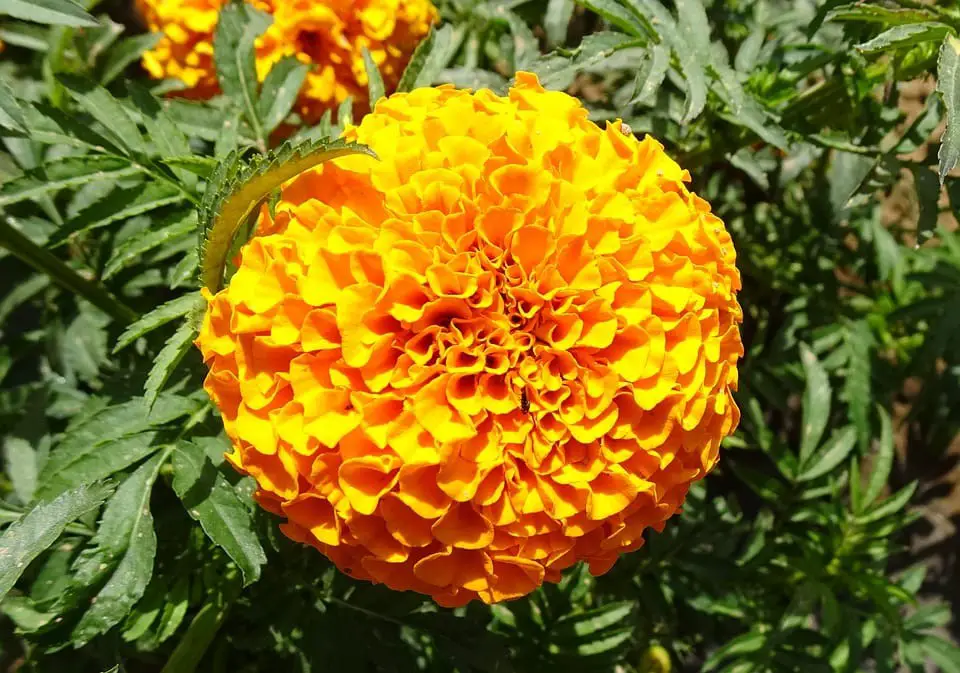
A burst of vibrant color and a natural insect repellent – marigolds are a standout addition to any garden. With hundreds of varieties to choose from, you can enjoy their fiery orange and red blooms year-round. Not only do they add visual appeal, but they also help keep your garden pest-free by repelling unwanted insects and mosquitoes.
Mirabilis Albida (Hairy Four O’clock)
The Nyctaginaceae family boasts a stunning member with its fragrant flowers. These pink blooms stand tall at heights of 1-3 feet and thrive in full sun. A hardy plant that can be grown across USDA zones 3a to 11, it attracts a variety of pollinators, including butterflies, bees, and birds. The ideal soil pH for this plant is neutral or alkaline, with average water requirements.
Mirabilis Decipiens (Broadleaf Four O’clock)
The Broadleaf Four O’clock, a member of the Nyctaginaceae family, thrives in the warmth of full sunlight. Its showy flowers boast a stunning array of colors, including vibrant pinks and purples, which are sure to catch the eye.
Meconopsis Quintuplinervia
The harebell poppy (Papaveraceae family) is a perennial flower that thrives in conditions of full sun to partial shade. Its stunning blue blooms are sure to attract bees and other pollinators. This low-maintenance plant does well in neutral to acidic soils, ranging from clay to loam textures, as long as the soil is consistently moist but not waterlogged.
Mirabilis Longiflora (Sweet four-o’clock)
The Mirabilis family is home to the Mirabilis longiflora species, a perennial plant that thrives in a variety of conditions. Its hardiness range is 9-11, making it suitable for planting in USDA zones where winters are not excessively harsh. In terms of light exposure, this plant can tolerate both full sun and partial shade, allowing gardeners to choose the perfect spot based on their specific needs.
As for its physical characteristics, Mirabilis longiflora typically grows to be 2-3 feet tall, adding a charming touch to any landscape. When it comes to soil quality, this species is adaptable and can thrive in chalky, loamy, or neutral environments, with a pH range that spans from acidic to alkaline. With average watering requirements, Mirabilis longiflora is an attractive addition to any garden seeking a low-maintenance yet visually appealing plant.
Moss Phlox (Phlox Subulata)
Phlox Subulata, also known as Moss Phlox, is a perennial plant that thrives in well-draining soil with an alkaline to neutral pH (6.6-7.7). It can tolerate deer and drought, making it a low-maintenance addition to any garden. This lovely plant produces showy flowers in shades of red, blue-purple, pink, and white, which attract birds and butterflies. Phlox Subulata prefers full sun and requires only low to moderate watering.
Its height ranges from 3-6 feet, making it a versatile choice for borders or containers. With its hardiness zone ranging from 3-9, this plant is suitable for most climates.
Mazus Pumilus Flower
The Japanese mazus, scientifically known as Mazus pumilus, is a plant that belongs to the Scrophulariaceae family. This flowering perennial boasts a striking feature – its flowers are a beautiful shade of blue-purple. Reaching a modest height of 10cm, the Japanese mazus is a compact yet visually appealing addition to any garden or indoor space.
Muscari Comosum Plumosum
The Tassell Hyacinth is a striking bulbous perennial that thrives in family Asparagaceae. Characterized by its showy blooms, this plant is perfect for adding a pop of color to your garden. It’s hardiness zone is 5-8, making it suitable for temperate climates. For optimal growth, provide the Tassell Hyacinth with full sun to partial shade and moderate watering. Bees and butterflies will be attracted to its blooms in April, making it an excellent choice for pollinator-friendly gardens.
This plant is also deer-resistant and can tolerate clay soil, making it a great option for areas with poor drainage. Its compact height of 0.5-0.75 feet makes it perfect for adding depth and visual interest to containers or rock gardens.
Matthiola Sinuata
The Sea Stock, belonging to the Brassicaceae family, is a notable plant species. Characterized by its moderate height of approximately 60 centimeters, this flora flourishes during the summer months of June and August when it blooms.
Monarda
The Monarda species, commonly known as bee balm, horsemint, oswego tea, and bergamot, belongs to the Lamiaceae family. This perennial plant thrives in USDA hardiness zones 3-9 and requires full sun to partial shade. Its height can range from one to four feet, making it a versatile addition to any garden. In terms of water requirements, Monarda is comfortable with low to average moisture levels.
As for soil preferences, this plant tolerates a wide range of pH levels – from acidic to alkaline – and can grow well in loamy, chalky, or clay-based soils. One of the main attractions of Monarda is its ability to draw in pollinators such as butterflies, birds, and hummingbirds. It’s also deer- and rabbit-resistant, making it a great choice for gardeners looking to minimize damage from these common pests.
Bee balm typically blooms mid-summer through early fall, producing an array of purple, pink, violet, red, or white flowers.
Common Morning Glory (Ipomea purpurea)
The Convolvulaceae family is home to the majestic Ipomoea purpurea, a climbing plant that thrives in full sun and well-drained soil with a pH range of acid to alkaline. This versatile plant can grow up to 3m tall and produces stunning flowers in shades of pink, red, white, blue, and magenta from early summer to early fall. It’s a popular choice among butterflies and hummingbirds, and its deer tolerance makes it a great addition to any garden.
This lovely plant shares the spotlight with several other fascinating species. The Mother of Thyme (Thymus serpyllum) is a low-growing, spreading herb that prefers well-drained soil and full sun. Marsh Marigold (Caltha Palustris) is a perennial that thrives in moist environments, producing bright yellow flowers. Mugwort (Artemisia Vulgaris) is an herb that can grow up to 3m tall, with silvery-gray leaves and small white or yellow flowers.
Other notable species include the Meconopsis Integrifolia, which produces delicate white flowers, and the Mediterranean sea holly (Eryngium bourgatii), a shrub-like perennial with spiky blue-green foliage. The Matucana Madisoniorum is a unique succulent that stores water in its leaves, while the Mexican shrubby spurge (Euphorbia cotinifolia) produces bright yellow flowers on tall stems. The list goes on, featuring a diverse range of plants from around the world.
From the Myosotis to the Mimosa, each species has its own unique characteristics and growing requirements. Whether you’re looking for a climbing vine or a low-maintenance herb, there’s something in this list for every gardener.
Conclusion
A M-themed flower garden is an innovative concept that can create a visually appealing facade. By incorporating only flowers whose names begin with the letter M, you’ll have a diverse selection to choose from. This unique approach will ensure your garden stands out and provides endless options for customization.
Related Posts
When it comes to interacting with your flower delivery courier, understanding the etiquette of tipping is crucial. The age-old question remains – do you tip a floral courier? The answer lies in considering the level of service provided. If your courier went above and beyond, left your doorstep sparkling, or handled fragile flowers with precision, a small gratuity is warranted. On the other hand, if their service was standard, a simple ‘thank you’ may suffice.
It’s essential to consider the individual circumstances before deciding on a tip. Just like in any service industry, a little appreciation can go a long way in fostering a positive experience and encouraging repeat business. As we delve into the world of flower delivery, it’s also worth noting that some other popular topics include exploring the 29 varieties of weeds with yellow flowers, identifying and removing them to keep your garden thriving.
Additionally, discovering colorful perennials suitable for partial shade gardens or containers can be a great way to add vibrancy to your outdoor space.

